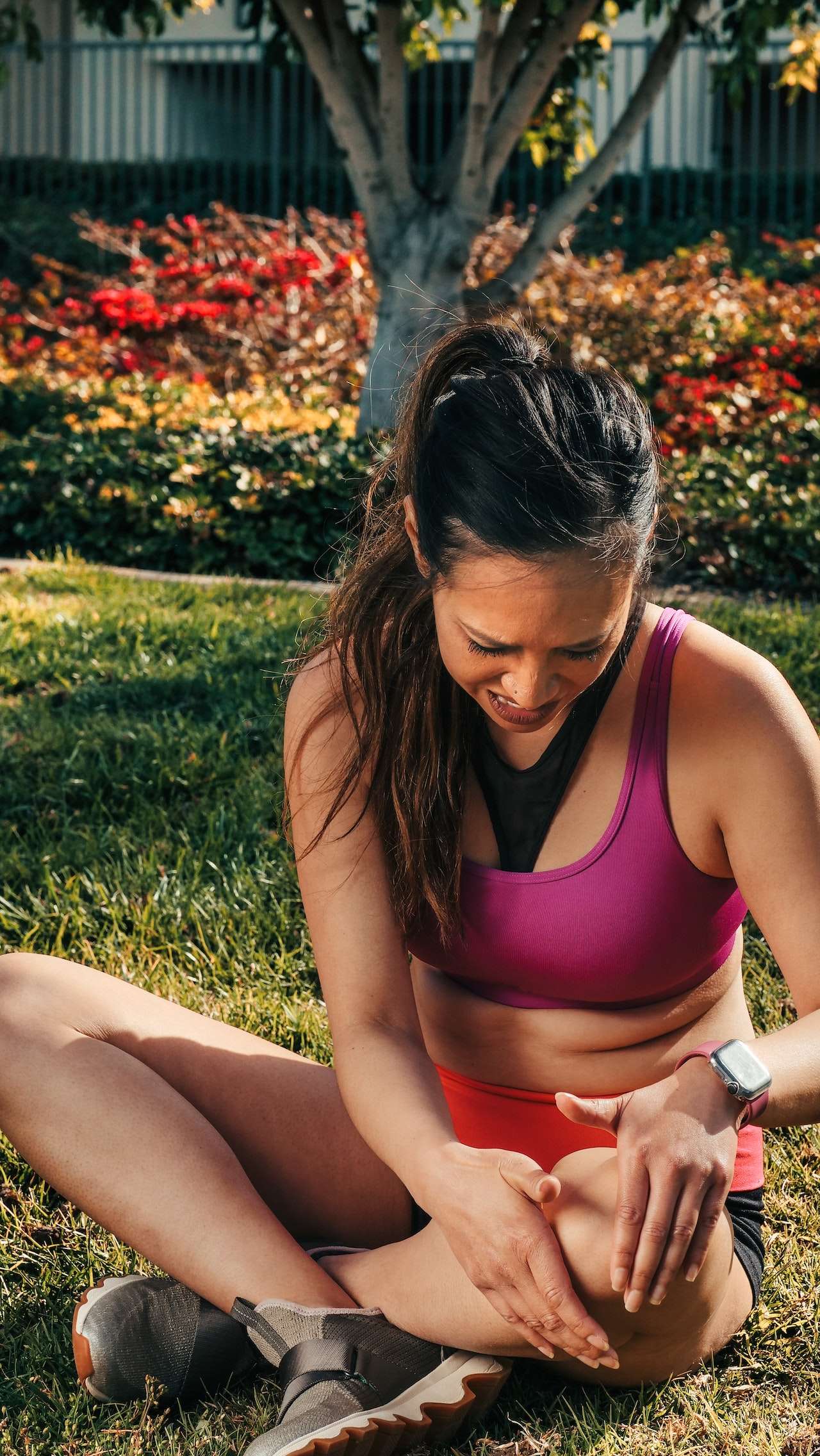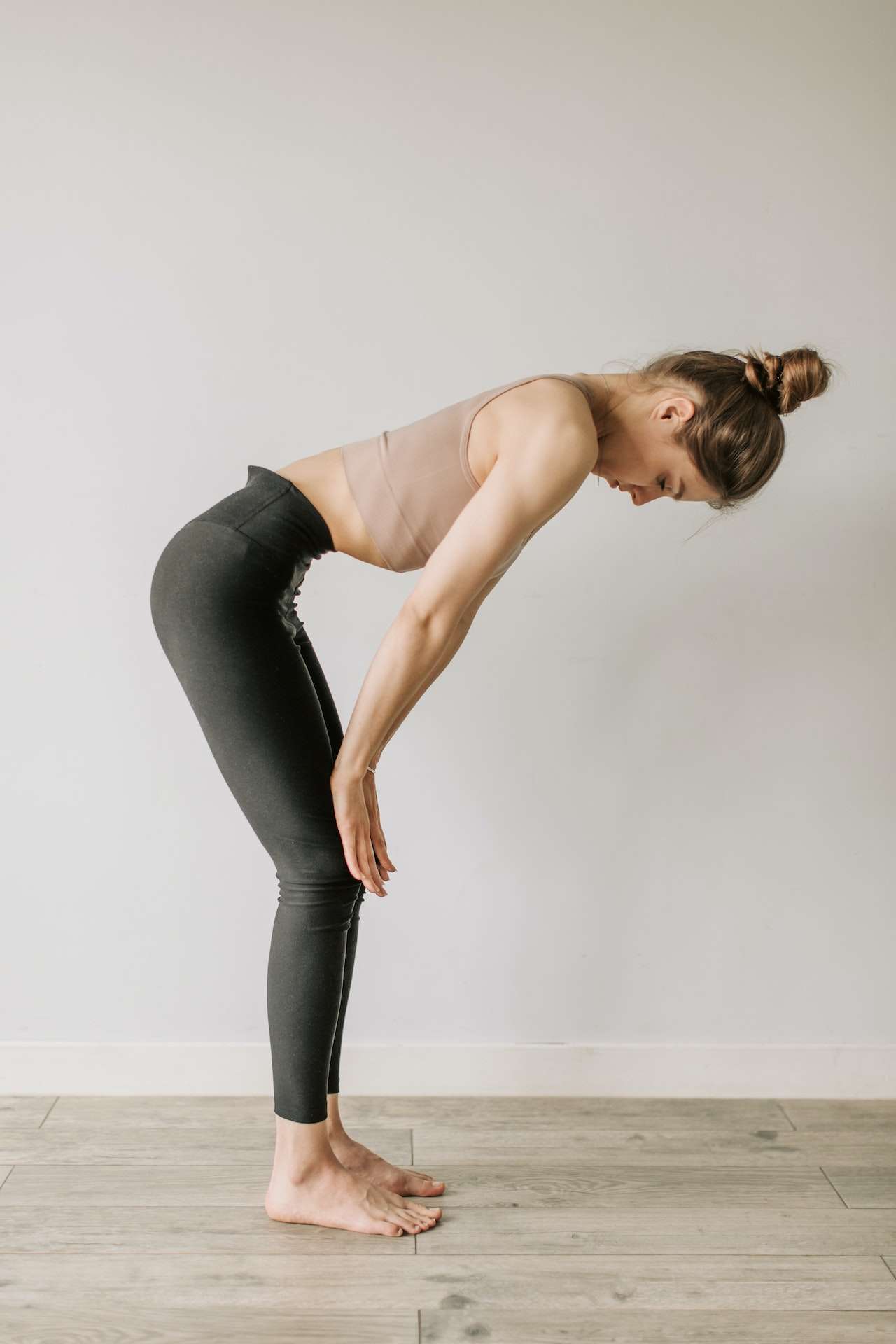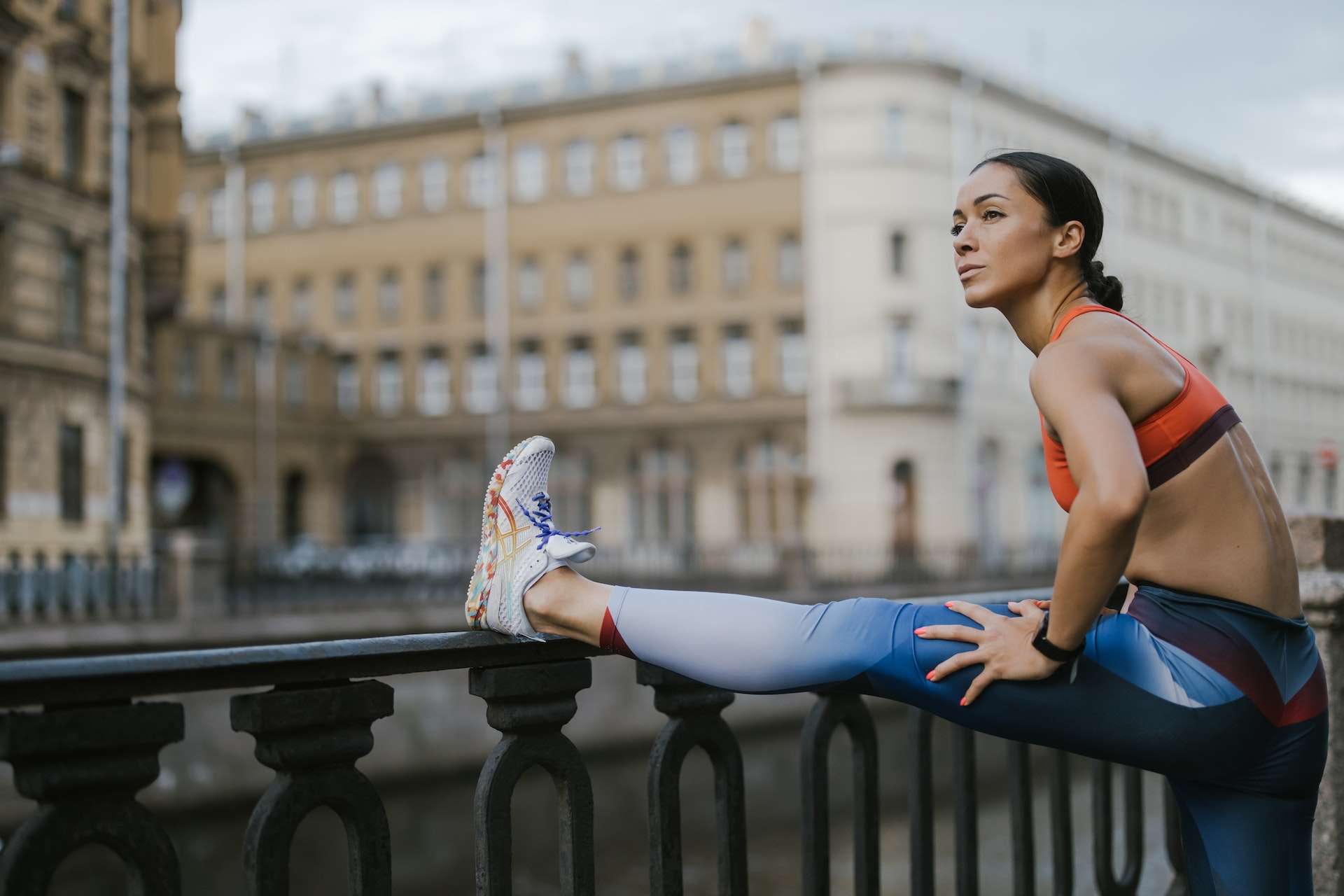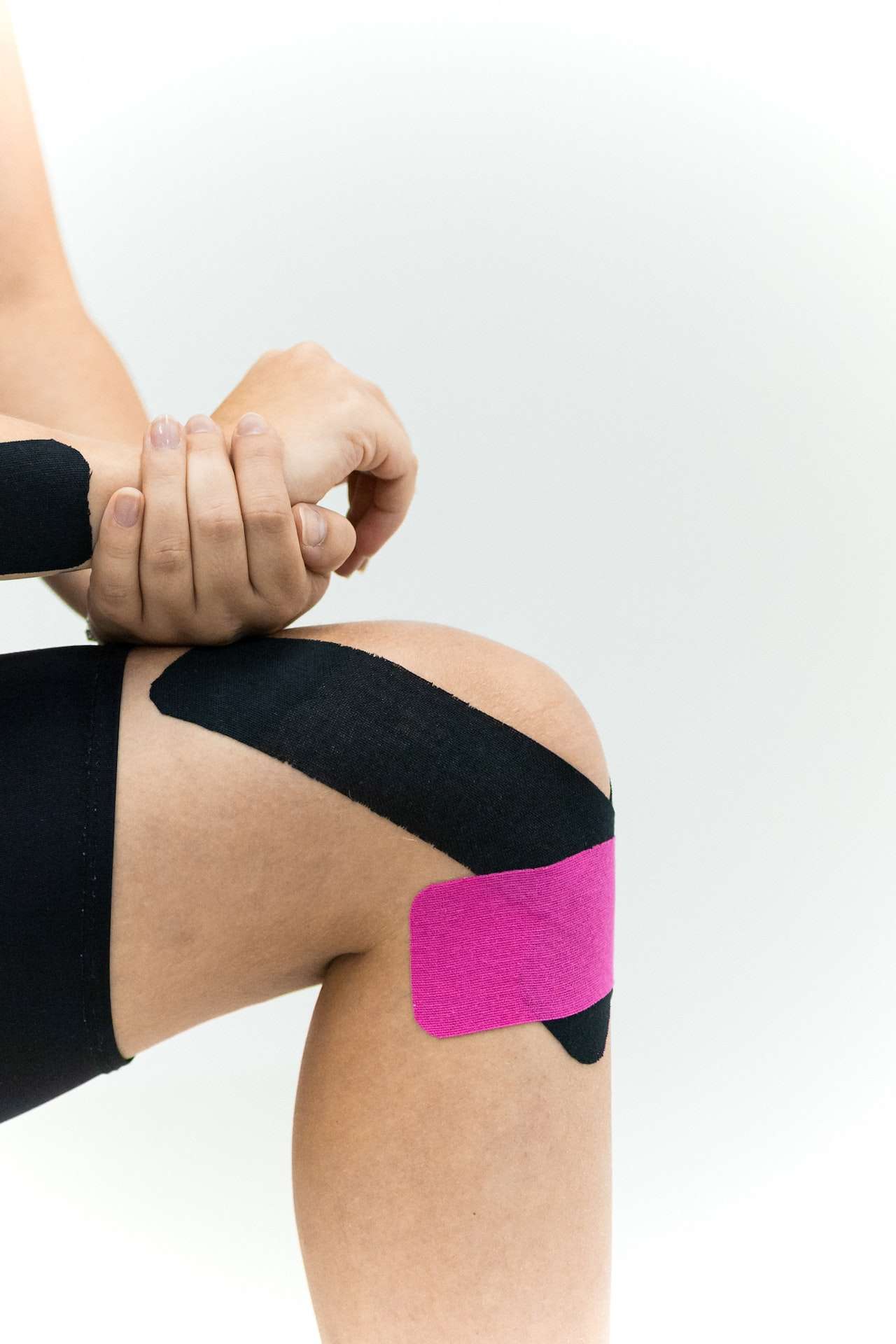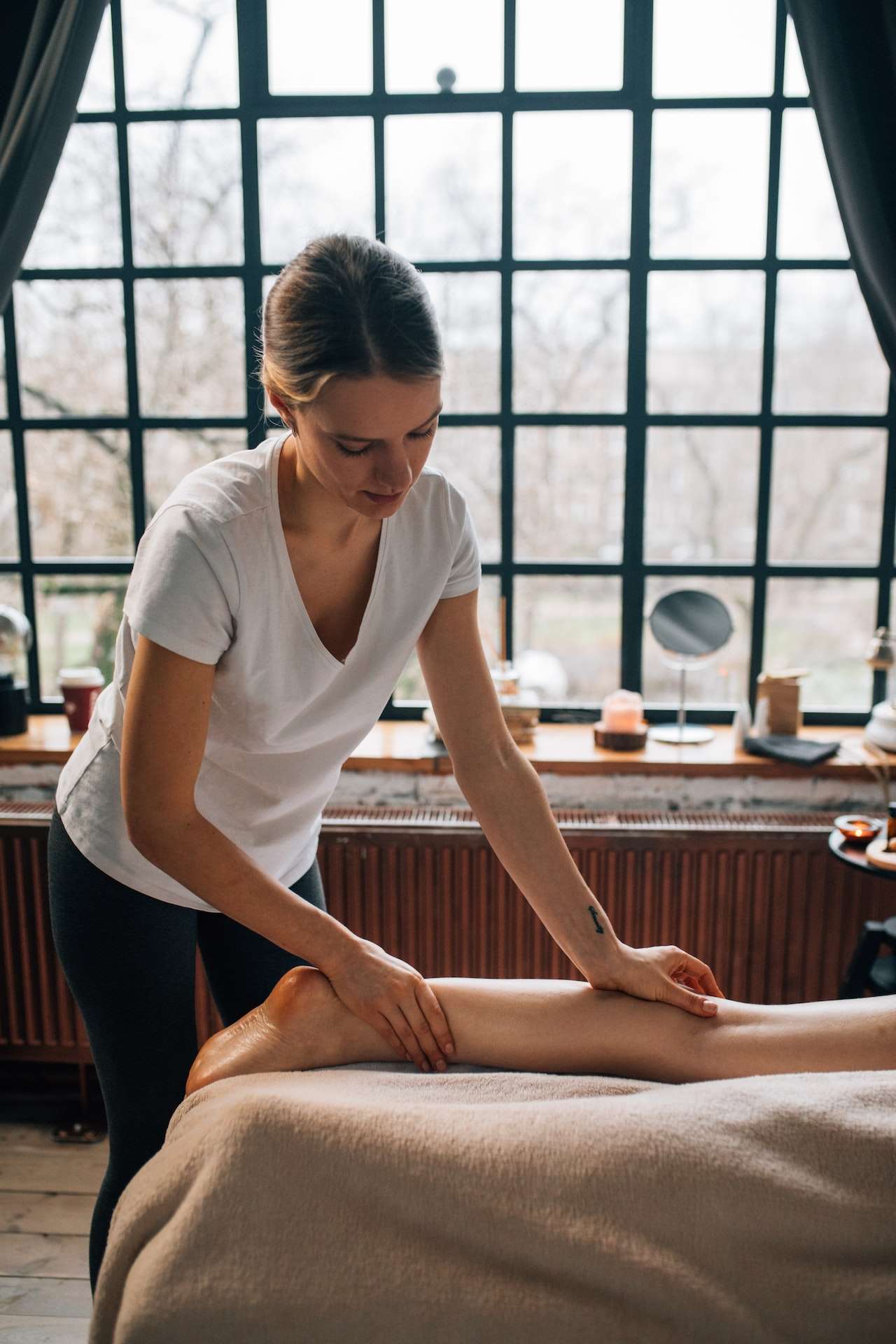|
Pain in the knee from running can be a debilitating condition to live with. It can keep us from doing the things we love and prevent us from living our entire lives. But there is hope! With some simple yet effective treatments, managing knee pain and getting back on the track or trail is possible. A runner’s life is like a roller coaster ride – filled with ups and downs, highs and lows. However, when knee pain hits, it can feel like you are stuck at the bottom of the dip. The joy of running fades away; all that remains is this relentless ache in your knee joints. It may seem like there’s no way out but don’t give up yet! By taking a few steps towards understanding what causes your pain and what treatments are available, you can start your journey toward regaining control of your life. In this article, we will explore some of the most effective treatments for pain in the knee from running so that you can take back control of your health and stride forward confidently once more.
Table of Contents
show
Overview Of Treatments For Knee Pain From RunningPain plagues runners, pushing them to their limits and often beyond. From aching kneecaps to stabbing sensations in the outer knee, running can cause severe discomfort. Medial pain in the knee from running is widespread – but what does it mean when your knees hurt when you run? Runner’s knee symptoms can be both painful and confusing – but with the right treatments, you can get back on track quickly. Various treatments are available for those suffering from discomfort from the back of the knee, from running to pain in the knee after running. Pain in the knee cap from running is a leading cause of injury for athletes – so understanding how to treat it effectively is essential for any runner looking to stay healthy.
Over-the-counter medications like ibuprofen or naproxen sodium are often effective at reducing inflammation and relieving the pain of these injuries. Physical therapy exercises such as stretching and strengthening can also help alleviate pain and prevent further damage by improving range of motion and stability. In addition, using a foam roller or massage ball to target tight spots can help reduce tension around the affected area. Recovery doesn’t end there – rest and ice therapy are essential steps that should not be overlooked if you want to get back on track quickly! Taking time off between runs is necessary for your body to recover properly. Applying cold compresses or an ice pack directly on the injured area can reduce swelling and inflammation associated with the runner’s knee symptoms. Rest And Ice TherapyAh, the dreaded pain in the knee from running. It’s a problem that plagues many athletes and runners alike. But fear not – there is hope! Rest and ice therapy are among the more common treatments for knee pain when running. This treatment is often used to reduce swelling and inflammation caused by running. It also helps to relieve some of the stiffness in your knee joints. So, if you’ve been feeling pain in your knee when bending or running downhill, it’s time to try this technique! Rest and ice therapy can be done at home or through a physical therapist. The most important thing is to get plenty of rest between runs and apply an ice pack to the affected area after every run or workout. If you’re feeling pain in your knee while running long distances, consider taking some breaks during your runs to help reduce the stress on your joints. Additionally, if you experience pain in your knee going away with running, you should be extra cautious when training downhill, as this can strain the joint. The ultimate goal with rest and ice therapy is to promote healing and reduce inflammation so you can continue enjoying all the benefits of running without worrying about those nasty aches and pains! Physical TherapyPhysical therapy can help to reduce knee pain from running. Physical therapy aims to use various exercises, stretching, and strengthening techniques to alleviate the underlying causes of pain. It’s like a game-changer for people with persistent knee pain. Physical therapy may not be suitable for everyone in all cases. For example, if an acute injury causes pain below the knee, you should rest and ice it before consulting a physical therapist.
If there is no swelling or inflammation, but your knee hurts after running on a treadmill or a few miles, it could be due to weak muscles and tendons around the kneecap. In this case, physical therapy can help you identify which muscle groups are vulnerable and teach you how to strengthen them with specific exercises or stretches. Physical therapists also have experience dealing with pain in the back of the knee radiating down the calf or in front of the knee related to running activities. They will assess your running technique, biomechanics, and lifestyle factors, such as nutrition, that could contribute to your condition. With their expertise, they can create an individualized plan to reduce your pain while helping you achieve your goals as a runner. Strengthening ExercisesStrengthening exercises can be a great way to reduce the pain caused by running in your knee. These exercises will focus on strengthening and stabilizing the muscles around the knee joint and improving your overall balance and coordination. Focusing on these areas can reduce the strain on your knee when running and help alleviate the pain. Some of the best strengthening exercises for pain in the knee from running include squats, lunges, and single-leg deadlifts. Squats are an excellent exercise for strengthening your quadriceps, hamstrings, and glutes. Lunges will target your quads and hip flexors while also helping to improve your balance. Single-leg deadlifts will strengthen your hamstrings while helping build stability in your knee joint. Consider adding some calf raises to strengthen the muscles at the back of your lower leg. These exercises should be done with light weights or body weight only until you feel comfortable with them; this will help ensure you don’t overwork any particular muscle group or strain your knees when running. With consistency and proper form, these exercises can be very effective in reducing pain in the knee from running due to their ability to strengthen key muscles around the joint without putting too much pressure directly on it. Moving forward, we’ll examine how stretching and foam rolling can help relieve knee pain when running. Stretching And Foam RollingStretching and foam rolling are effective treatments for pain in the knee from running. Stretching works to reduce tension in the muscles, while foam rolling helps to break up scar tissue and repair damaged muscle fibers. These techniques can help alleviate muscle soreness and joint pain and reduce inflammation. When dealing with pain in the inside knee from running, stretching can help open up the area, improving circulation and decreasing stiffness. Foam rolling is also beneficial for targeting specific areas that may be causing discomfort or tightness. Rolling out any knots or tight spots is essential so they don’t lead to further injury. If you experience sore knees from running on concrete, stretching and foam rolling can help combat that. Additionally, if you experience pain in the back of your knee running down your leg, this could indicate an issue with a nerve and should be addressed accordingly.
Knee pain from running exercises such as stretching and foam rolling can also increase flexibility and range of motion around the joint. This can help reduce stress on the joint when you’re running or engaging in other physical activities, asking yourself why behind your knee hurts after running. This could lead you to discover that it’s due to a lack of mobility, which can be remedied by regularly incorporating stretching into your routine. Knee pain from running how to treat it? Stretching and foam rolling are great options for relieving discomfort associated with activity-related injuries like the runner’s knee or IT Band Syndrome. Knee pain from running. How long to rest? Depending on the severity of your injury, sleeping for anywhere from a few days up to several weeks might be necessary before returning to any physical activity – especially if there is nerve pain in the knee from running or intense pain behind the knee from running injury. By taking some time out of our day-to-day routines to incorporate stretching and foam rolling into our lives, we can go a long way towards preventing future injuries while managing current ones – granting us peace of mind when we hit the pavement again! Anti-Inflammatory MedicationsAre you struggling with pain in your knee while running? You’re not alone. Many runners experience this common problem, and knowing where to start when looking for a solution can take time. Fortunately, one treatment option that’s worth considering is an anti-inflammatory medication. Pain in the knee from running can range from a dull ache to an intense stabbing sensation. While there are several causes, the most common cause is inflammation in the joint due to overuse or strenuous exercise. Anti-inflammatory medications are designed to reduce swelling and provide pain relief. Depending on your age, medical condition, and severity of the symptoms, you may need prescription drugs or over-the-counter medications. When looking for an anti-inflammatory medication, it would be best to talk with your doctor or pharmacist about potential side effects and risks. For example, if you have a history of stomach ulcers or kidney disease, consider alternative treatments due to the risk of serious complications. Your doctor can also recommend specific medications that are right for your individual needs. With these considerations in mind, anti-inflammatory medications may be just what you need to get back on track with running without pain in your knee. Of course, there are other options, too – like corticosteroid injections – so be sure to explore your options before making a decision. Corticosteroid InjectionsCorticosteroid injections are an effective treatment for pain in the knee from running. Corticosteroid injections can help reduce inflammation and swelling, often accompanying knee pain when running. The corticosteroid is injected into the joint through a needle, which helps reduce the inflammatory response causing the pain when running. This can relieve pain in the knee joint while running, pain in the lower knee from running, and pain in the right side from running. It can also help with pain in the inner knee while running, as well as pain on the inside of the kneecap when running, inside knee pain running downhill, and even reduce pain in the side of the knee during running and pain on the inside of the knee from running.
When considering corticosteroid injections for treating knee pain while running, discussing potential risks or side effects with your doctor beforehand is essential. They can help you decide if this treatment would be beneficial for reducing your specific type of knee discomfort. If you’re considering a corticosteroid injection to treat your painful symptoms when running, consult your doctor about any potential risks or side effects associated with this treatment option. This will help ensure that you get the best possible results from this treatment for your particular type of knee discomfort. Platelet-Rich Plasma Therapy“No pain, no gain” is a phrase we’ve heard before, but it should not be taken lightly. Platelet-rich plasma (PRP) therapy has been gaining traction as an effective treatment for those with knee pain from running. A person’s platelets promote healing and reduce inflammation in the body. This makes PRP therapy an ideal option for those experiencing pain in their knee when running, running uphill, or even walking. It is important to note that PRP therapy is relatively new and can only be administered by a trained physician. Blood is drawn from the patient and separated into components to begin the process. The platelet-rich plasma is injected directly into the affected knee area, often with ultrasound guidance. Pain relief can typically be felt within a few days, with results lasting several months or more. When considering treatments for pain in the back of the knee from running, pain on the inside front of the knee when running, inner knee pain when running, medial knee pain when running, or below inner knee pain from running – PRP therapy may provide a viable solution to these issues. Discussing this treatment option with your doctor before deciding on your care plan is essential. Next, we will explore bracing and supports as potential solutions for managing knee pain while running. Bracing And SupportsDo you experience pain in your knee when running but not when walking? Is it normal to have pain in the knee from running? If so, how is the runner’s knee treated? Bracing and supports are effective treatments for pain in the knee when running. Knee braces support the joint, helping reduce stress on the muscles and tendons while running. They can be used if the pain is due to overuse or a previous injury. Braces can also help improve running form and help with any instability that could be causing the pain. Another option is using compression sleeves or wraps to provide support and stability to the joint, which can also aid in reducing inflammation and discomfort.
These treatments are especially beneficial for those with an underlying issue such as arthritis or bursitis, which can cause pain near the knee from running. The brace will restrict movement of the affected area and provide extra cushioning, thus reducing any friction between bones that could cause discomfort during activity. Additionally, shoes specific for running can reduce pressure on the knees as they absorb more shock than regular shoes, preventing further damage or injury. Stretches may also help alleviate any muscle tightness contributing to knee pain from running. Since there are many potential causes of knee pain when running, it is essential to identify what may be causing it before treating it with bracing and support. A doctor should always be consulted before starting a new treatment plan as they will be best suited to diagnose and advise the most effective approach for your particular situation. Chiropractic CareChiropractic care is a highly effective treatment for knee pain from running. It can address the root causes of pain and help improve mobility. For instance, if you feel pain in your knees when running downhill or upstairs, chiropractic adjustments can help to realign your joints, allowing them to move more freely and reduce tension on tendons and ligaments. Similarly, if you experience pain in the back of your knee after running, chiropractic care can help loosen tight muscles and restore balance. After dealing with persistent knee pain from running hills, I decided to try chiropractic care. After my first session, I could already feel a difference – the tightness in my kneecap was reduced significantly, and it felt much more comfortable going up and down stairs. With regular visits, I noticed that my overall range of motion had improved, as well as other areas like my hips and ankles, which were once sore after runs. Overall, chiropractic care is an excellent option for relieving pain in the knee from running. Not only does it target the source of discomfort, but it also helps improve mobility throughout the body. If you’re looking for an effective way to manage your knee pain from running, try it! Massage TherapyMassage therapy is like a lifesaver for those dealing with pain in the knee from running. It’s like a wave of relief washing away the aches and pains that come with running too hard or too long. Taking care of your body is paramount to maintaining good health, and massage therapy can reduce knee pain from running. Like a soothing balm, massage can help ease the muscle and joint tension that leads to soreness and knee pain from running. From light stroking to deep tissue massaging, this treatment method helps reduce inflammation and improve flexibility in the affected areas of your knee. The result? Reduced pain in the knee on impact running, soreness below or above the knee cap from walking, and any discomfort behind the kneecap from running. The benefits of massage therapy don’t end there either; it also helps promote blood circulation throughout your body which assists in healing any existing injuries related to knee pain from running symptoms.
This improved blood flow decreases swelling and stiffness while increasing mobility at impacted sites. Furthermore, it’s important to note that you should always consult your doctor before making any lifestyle changes when dealing with chronic pain issues. At times, massage therapy may be all you need to relieve your pain in the knee from running – but if that isn’t enough, other treatments are available such as chiropractic care or physical therapy. Regardless of what you decide is best for you, remember that physical care of yourself should be a priority! Conclusion:When it comes to pain in the knee from running, there are a variety of treatments available. Rest, ice therapy, physical therapy, strengthening exercises, stretching and foam rolling, platelet-rich plasma therapy, bracing and supports, chiropractic care, and massage therapy are all effective treatments for knee pain from running. However, some may argue that these treatments are too costly or difficult to access. While this may be true in some cases, the benefits of these treatments far outweigh any associated financial or logistical challenges. For example, if you join a physical therapy program, you will have access to a trained professional who can provide personalized advice on addressing your specific needs. Rest and ice therapy can also be done at home with minimal cost and effort. In conclusion, if you experience pain in the knee from running, several effective treatment options are available. With the help of medical professionals and proactive self-care practices such as rest and ice therapy, it is possible to find relief from unpleasant knee pain associated with running. |
